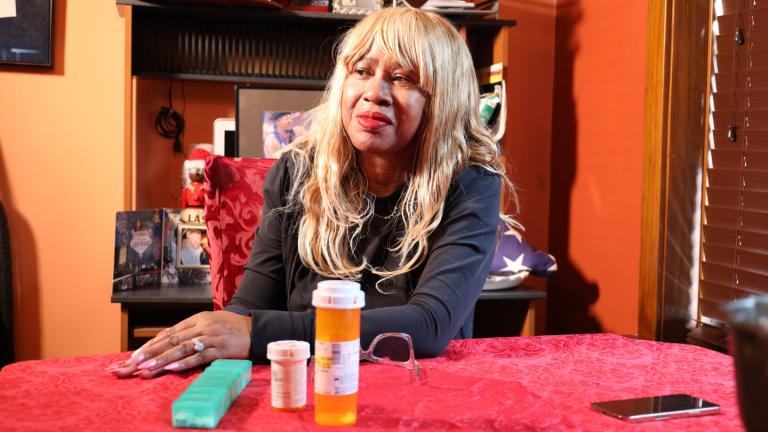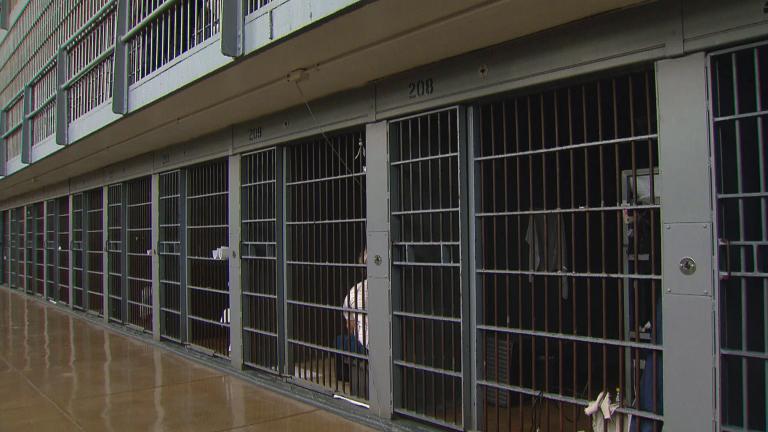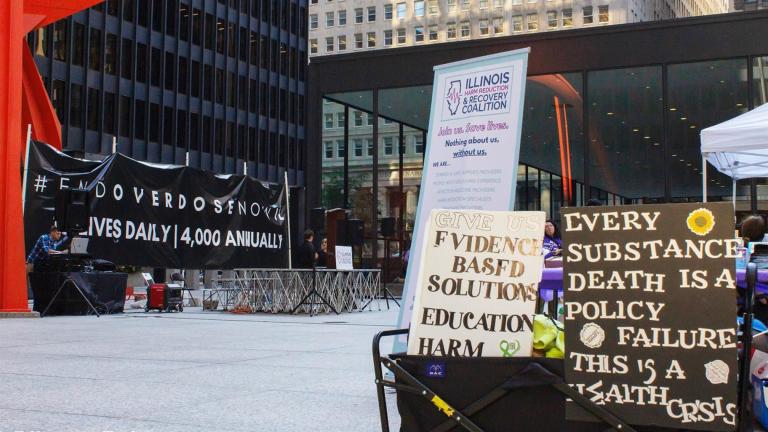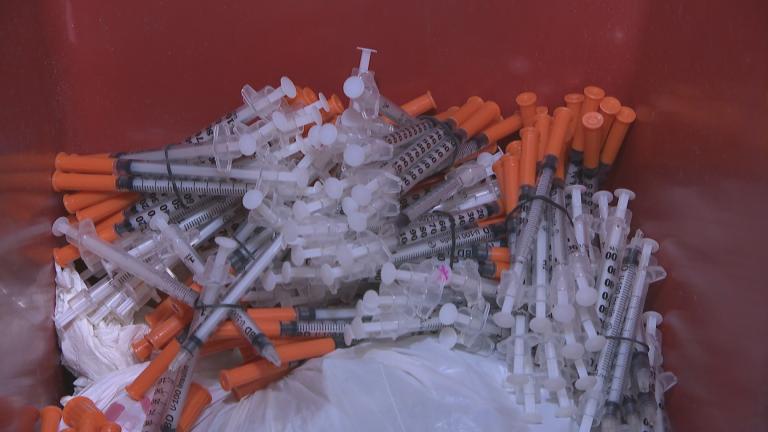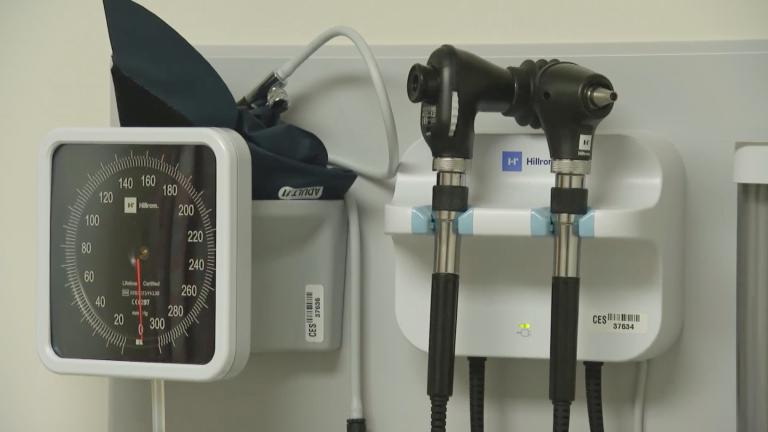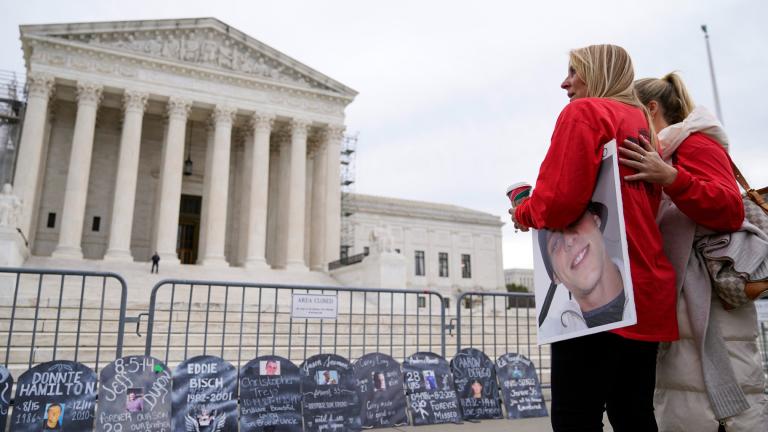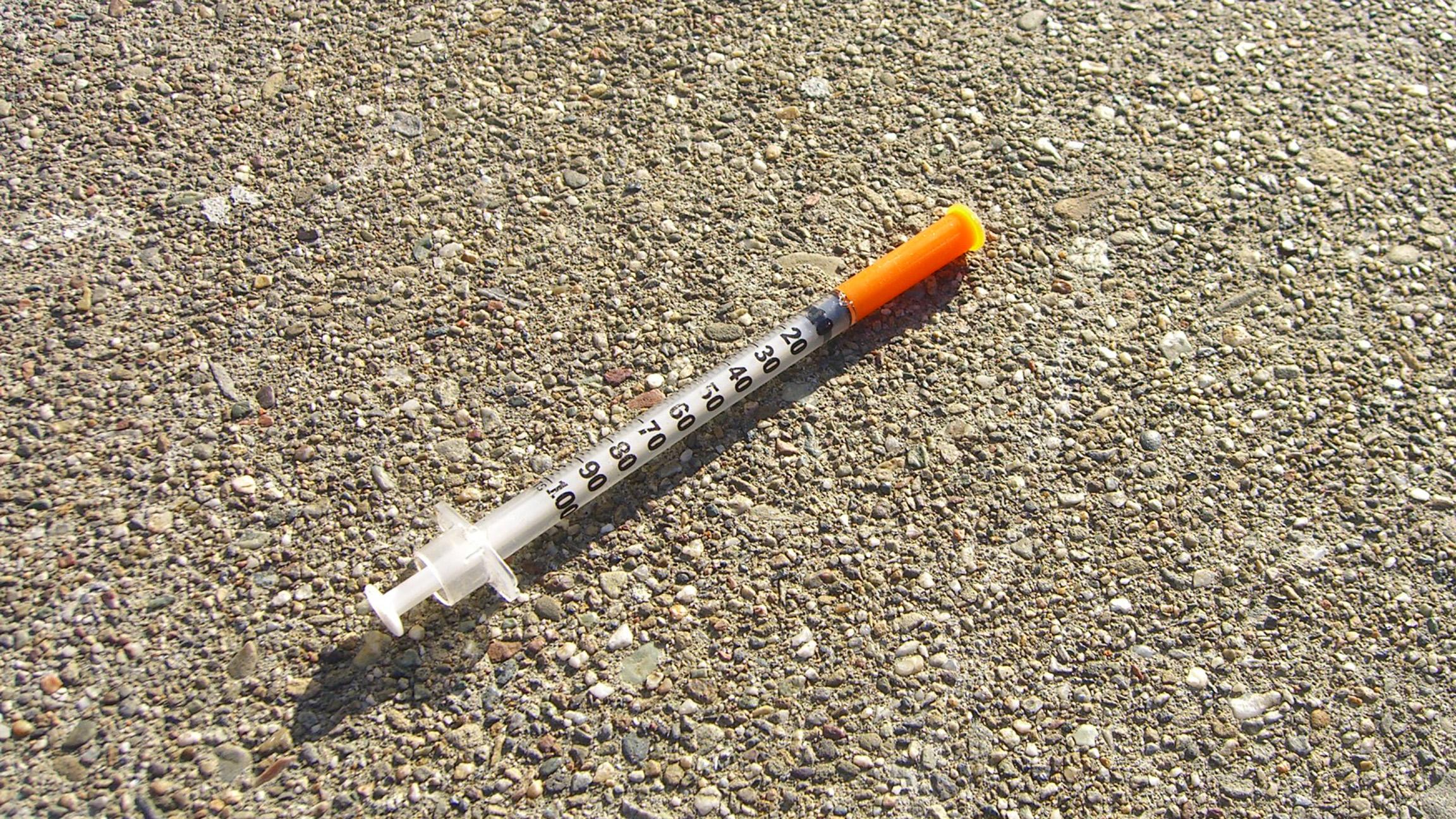 (Eric Molina / Flickr)
(Eric Molina / Flickr)
More Americans died last year from drug overdoses than were killed during the entirety of the Vietnam War, according to national figures.
In the face of an ongoing epidemic, President Donald Trump on Thursday is expected to declare a national opioid emergency, two months after first saying he would do so.
What exactly that announcement will include remains unknown. It could mean federal policy changes or additional funds for treatment and prevention, but to what end is unclear.
“It’s going to be an interesting day,” said Dr. Thomas Britton, CEO and President of the Gateway Foundation, an Chicago-based nonprofit that bills itself as the largest provider of substance abuse treatment in the nation.
“The primary thing (this announcement) does is it gives Trump more executive ability to change policy and spend money. What that’s actually going to look like, there haven’t really been any indications from the administration yet.”
Changing policy could mean removing Medicaid limits on the number of beds treatment providers like Gateway can provide, according to Britton, or it could entail a wave of diversion and deflection programs created to provide treatment to people arrested on drug charges.
More funding could also mean more education and treatment options, which have been desperately needed.
Across the country, overdose numbers have been moving in the same direction for years, and Britton said the situation is likely going to get worse before it gets better.
“The craziest thing about addiction is that there’s still this stigma that it’s a choice or a moral failing,” he said. “But the science shows very clearly that it’s a brain disease and that people literally lose the choice.”
Provisional data released last month by the Centers for Disease Control and Prevention shows drug overdoses were responsible for the deaths of more than 65,000 people across the country from March 2016 to March 2017.
Of those, more than 2,500 resided in Illinois – a 25-percent increase over the previous year’s totals. The Illinois Department of Public Health documented nearly 1,900 fatal opioid overdoses last year – an increase of more than 75 percent compared to 2013.
A map displaying the percent change in overdose deaths in each state from March 2016 to March 2017. Blue-colored states represent areas where overdose deaths declined. Tan states show where overdose deaths went up. Darker color shades represent higher percentages. (Centers for Disease Control and Prevention)
And deaths from fentanyl – a synthetic opioid with analogues that can be several hundred times more powerful than heroin – in the U.S. are up 540 percent over just the past three years, according to the CDC.
Even with those staggeringly high numbers, the CDC states its latest results could still be “underreported” because it does not yet have the totality of data from each state.
Senate Democrats this week introduced legislation that would direct $45 billion toward expanding treatment programs and promoting addiction research over the next decade.
New Jersey Gov. Chris Christie – who chairs the president’s opioid commission – in September also announced a $200 million initiative to overhaul his state’s addiction services. The commission itself has focused on cutting those Medicaid limitations, finding non-opiate pain medications and improving education for medical professionals.
If Trump’s announcement includes some of those changes, Britton said it could have a big impact on getting more people into treatment.
“More than 10 times the number of people that died on 9/11 died of an overdose (last year),” he said. “Calling this an epidemic is no understatement. If (Trump) puts concrete policy changes in place and he puts money on the floor to support treatment access, it could be a game changer.”
Follow Matt Masterson on Twitter: @ByMattMasterson
Related stories:
 Illinois Public Health Department Issues Standing Order for Naloxone
Illinois Public Health Department Issues Standing Order for Naloxone
Oct. 2: There were nearly 1,900 fatal opioid overdoses in Illinois last year, according to the Illinois Department of Public Health.
 CDC: Teen Drug Overdose Deaths Increased in 2015
CDC: Teen Drug Overdose Deaths Increased in 2015
Aug. 18: Following years of steady decreases, a new report by the Centers for Disease Control and Prevention shows a significant rise in teen overdose deaths in 2015.
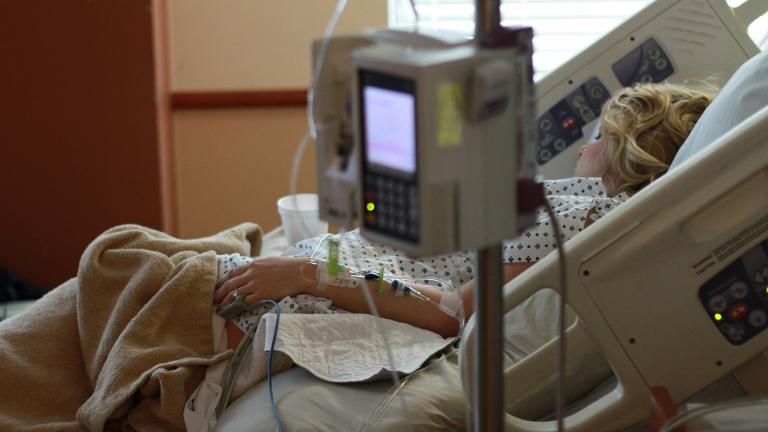 Study: Cost, Severity of Opioid Overdose Admissions to ICU Rising
Study: Cost, Severity of Opioid Overdose Admissions to ICU Rising
Aug. 15: For years, critical care doctors have noticed an increase in patients suffering from opioid overdoses. A new study confirms their observations and details the staggering cost of treatment.

